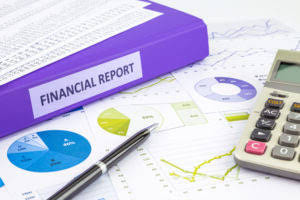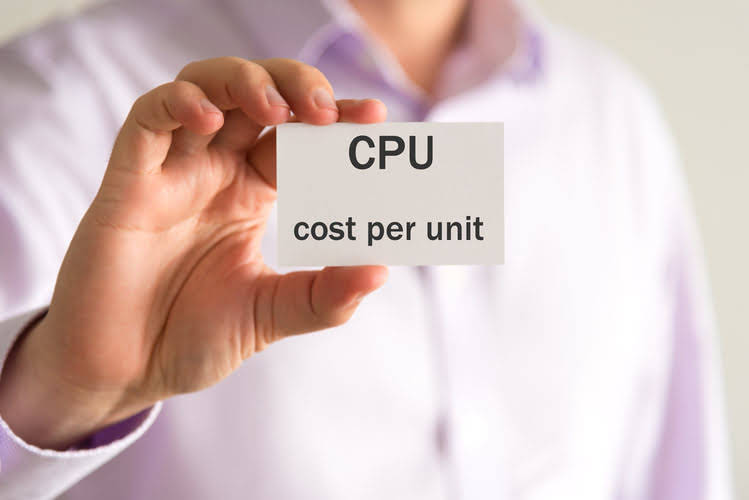What Is Shareholder Equity SE and How Is It Calculated?
December 19, 2023, 0 Comments
Owner’s equity may rise as a result of selling stock, increasing revenues, cutting operational expenditures, etc. When a company generates or retains earnings, it can contribute to an increase in stockholders’ equity, potentially providing a buffer against debt and unexpected losses, among other factors. A corporation’s shareholder value should not be confused with its liquidation value. Liquidation considerations involve various factors beyond physical asset value, such as market conditions and urgency of sale. It also highlights how this figure can play an important role in determining whether or not a company has enough capital to meet its financial obligations.

Ask Any Financial Question

Secured creditors have the first priority because their debts were collateralized with assets that can now be sold in order to repay them. This tells you that ABC Widgets has financed 75% of its assets with shareholder equity, meaning that only 25% is funded by debt. If a small business owner is only concerned with money coming in and going out, they may overlook the statement of stockholders’ equity. However, if you want a good idea of how your operations are doing, income should not be your only focus. Bonds are contractual liabilities with guaranteed annual payments unless the issuer defaults, whereas dividend payments from stock ownership are discretionary and not fixed.
Share Capital
Shareholder equity represents the total amount of capital in a company that is directly linked to its owners. The equity capital/stockholders’ equity of a firm can also be considered as its net assets. Owner’s equity is important for shareholders as it provides insight into the firm’s financial stability, growth potential, and decision-making and assesses its success and future performance.
How does the balance sheet show the amount of stockholders’ equity?
It’s possible for retained earnings to represent the largest share of owner equity if growth substantially outpaces the amount of capital paid in. If ROE is very high, then the firm has been doing exceptionally well in making profits with just a little capital invested. However, if it is low, then there might be something wrong with the decision making and the firm is not using its assets optimally. The ROE ratio shows how a firm’s management has been able to utilize the resources at its disposal.

Retained earnings
While the data and analysis Stash uses from third party sources is believed to be reliable, Stash does not guarantee the accuracy of such information. Nothing in this article should be considered as a solicitation or offer, or recommendation, to buy or sell any particular security or investment product or to engage in any investment strategy. No part of this material may be reproduced in any form, or referred to in any other publication, without express written permission. Stash does not provide personalized financial planning to investors, such as estate, tax, or retirement planning. Investment advisory services are only provided to investors who become Stash Clients pursuant to a written Advisory Agreement. Retained earnings can increase over time, potentially surpassing the amount of paid-in capital.
- During a liquidation process, the value of physical assets is reduced and there are other extraordinary conditions that make the two numbers incompatible.
- That, in turn, can help you to decide if a company is worth investing in, based on your goals and risk tolerance.
- It can also be referred to as shareholders’ equity, owner equity or book value.
- In terms of its application, stockholders’ equity can be used to generate a financial snapshot of a company at any given point in time.
- Net income is the profit remaining after deducting all expenses, including taxes and interest, from the revenue generated by your company over a certain period.
- Using average shareholder equity makes particular sense if a company’s shareholder equity changed from one period to another.
- There are no guarantees that working with an adviser will yield positive returns.
Example of Shareholders’ Equity Calculation
- However, this approach requires a thorough understanding of the investment criteria and growth prospects of each company in the portfolio.
- Shareholders Equity is the difference between a company’s assets and liabilities, and represents the remaining value if all assets were liquidated and outstanding debt obligations were settled.
- It’s also known as owners’ equity, shareholders’ equity, or a company’s book value.
- Shareholder equity is the difference between a firm’s total assets and total liabilities.
- Stash assumes no obligation to provide notifications of changes in any factors that could affect the information provided.
- Below is an example screenshot of a financial model where you can see the shareholders equity line completed on the balance sheet.
On the other hand, if a company is significantly overextended with loans and other debts that’s a sign that it may be in trouble. Negative stockholders’ equity in that situation may be further compounded by negative cash flow. The total liabilities referenced in the above formula represent all of a company’s current and long-term liabilities. Short-term debts generally fall into the current liabilities category, as these are things that a company is most likely to pay in the near future.
- Increases or decreases on either side could shift the needle substantially when it comes to the direction in which stockholders’ equity moves.
- Each industry has its own standard or normal level of shareholders’ equity to assets.
- Note that the treasury stock line item is negative as a “contra-equity” account, meaning it carries a debit balance and reduces the net amount of equity held.
- Retained earnings summarizes what a company did with its profits since its inception.
- We can apply this knowledge to our personal investment decisions by keeping various debt and equity instruments in mind.
- Another benefit of share buybacks is that such corporate actions can send a positive signal to the market, much like dividends, without the obligation to maintain the repurchases (e.g. a one-time repurchase).
- After the repurchase of the shares, ownership of the company’s equity returns to the issuer, which reduces the total outstanding share count (and net dilution).
- Typically listed on a company’s balance sheet, this financial metric is commonly used by analysts to determine a company’s overall fiscal health.
- For example, a popular variation of the ROE ratio is to calculate the return on total equity (i.e., ordinary shares plus preferred shares).
- The excess value paid by the purchaser of the shares above the par value can be found in the “Additional Paid-In Capital (APIC)” line item.
- Positive stockholder equity can indicate that a company is in good financial health, while negative equity may hint that the company is struggling or overextended with debt.
- In recent years, more companies have been increasingly inclined to participate in share buyback programs, rather than issuing dividends.
Stockholders’ equity is a company’s total assets minus its total liabilities. Stockholders’ equity is a financial indicator that reflects the value of the assets and liabilities on a company’s balance sheet. If a company does not have enough cash flow or assets to cover their liabilities, they are in what is known as “negative equity.” As referred above, stockholders’ equity can be calculated by taking the total assets of a company and subtracting liabilities.
There is no guarantee that any investment strategy will work under all market conditions or is suitable for all investors. Each investor should evaluate their ability to invest long term, especially during periods of downturn in the market. Investors should not substitute these materials for professional services, total stockholders equity formula and should seek advice from an independent advisor before acting on any information presented. Read on to learn what it is, how it works, and how to determine a particular company’s stockholders’ equity. The stockholders’ equity is only applicable to corporations who sell shares on the stock market.
How Do You Calculate a Company’s Equity?
Total equity effectively represents how much a company would have left over in assets if the company went out of business immediately. Companies can reinvest net income in the form of retained earnings by purchasing assets or paying down liabilities. A low level of debt means that shareholders are more likely to receive some repayment during a liquidation. However, there have been many cases in which the assets were exhausted before shareholders got a penny.
0 Comments